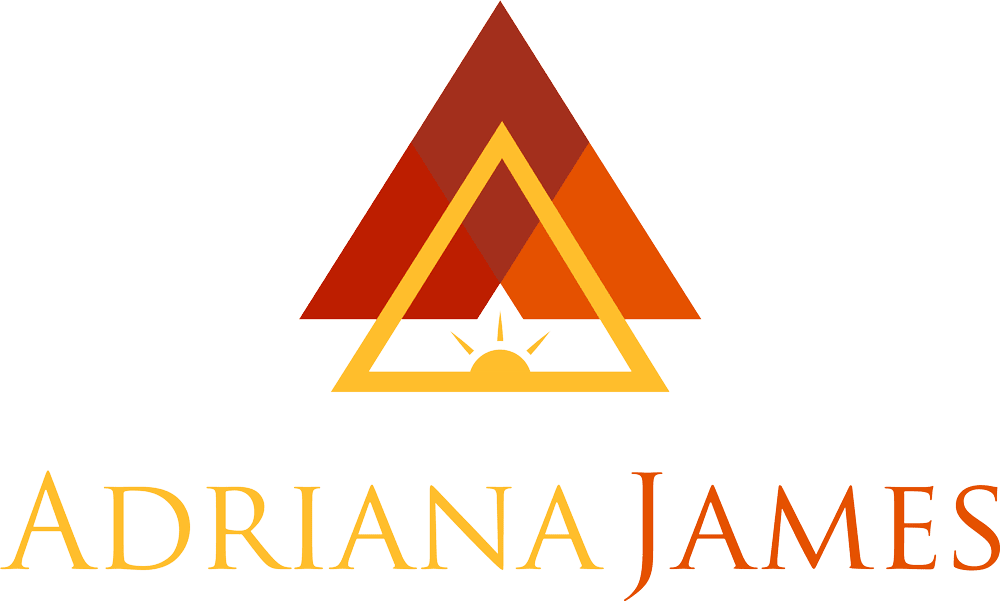The Importance of Rapport
We all know how important it is to have rapport when we are speaking with an individual or a small group and if you have studied Neuro-Linguistic Programming (NLP) at all, you will be aware of various ways of accomplishing this almost instantly.
When you are addressing a large group, rapport is just as important, if not more so. Without rapport your audience will not hear your message sympathetically and therefore, no matter how logical your presentation and compelling your offer are they will not respond in the way that you would like them to. However, once you have rapport with your audience they will be much more susceptible to your message and much more likely to take positive action.
Can You Learn to Create Rapport with a Group
So, how do you create rapport with a group? Is it really even possible for ˜normal’ people to create rapport with a group?
You have probably heard some speakers either in person or on television who seem to hold a hushed audience in the palm of their hands and wondered what super-power they possessed. They act almost like the conductor of an orchestra does as he leads each section through their part, coaxing greater volume or lower volume, and slowing or speeding up the music with a wave of his baton. The orchestra, naturally, has a vested interest in cooperating with the conductor which your audience may not have. Therefore, a speaker’s need for rapport is far greater than any conductor’s, Is it something you could learn?
You Can Learn to Create Rapport with a Group
The techniques for creating rapport with a group are slightly different from those used with individual, although they are based on the same principles of matching and mirroring physiology, using eye contact, anchoring response, representational systems, and linguistic patterns. Let’s look at a simple 5-step process for creating rapport based on techniques taught at all levels of NLP Practitioner Training and practiced extensively in the Tad James Company Trainers’ Training:
- Establish Peripheral Vision: In Neuro-Linguistic Programming (NLP) practitioner courses this is also known as “the learning state”. It is a state of awareness where you are able to absorb an incredible amount of information unconsciously. As a speaker, the same tool enables you to consciously focus on delivering your presentation while unconsciously observing the behavior and responsiveness of your audience.
- Identify Group and Section Leaders: You can use your unconscious information to identify and engage group leaders. These are members of your audience whose behavior influences several other people in the audience.
- Establish Rapport with Each Section in Turn: This is quite difficult to describe and is really one of those things that you do not fully understand until you experience it during a presentation, but it is really quite easy to do once you have tried it. Once you have identified the leaders, you systematically engage each of them using eye contact, anchoring, and calibration of their response. You will notice as you do this that as you engage the leaders the group following them are also engaged.
- Repeat the Process When You Notice Engagement Waning: At regular intervals, or when you are aware of distraction in your audience you can repeat this process. The way this alters the outcome of your presentations is quite startling.
During this exercise at one of the Tad James Company Trainers Training programs (which focuses on teaching how to deliver excellent presentations as well as the skills of developing group rapport) a student reflected on this exercise and said, “I thought you were joking when you described this exercise to us and I fully believed that it would be impossible. However, as both presenter and enabler I discovered that peripheral vision does indeed give one an incredible sense of the audit audiences response and the ability to use that awareness without distracting from the presentation.”
Combine This with a Presentation Structured to Engage and You Will Win Every Time!
This really is one of those techniques you have to experience before you believe that it’s possible for you to accomplish. However, it does depend on being physically present in a room so that you can sense the response of individuals in your audience. It is a powerful enhancement to presentation that uses language and structure to communicate with every member of the audience.
Sign up for NLP Practitioner, Master Practitioner, Trainers’ Training




